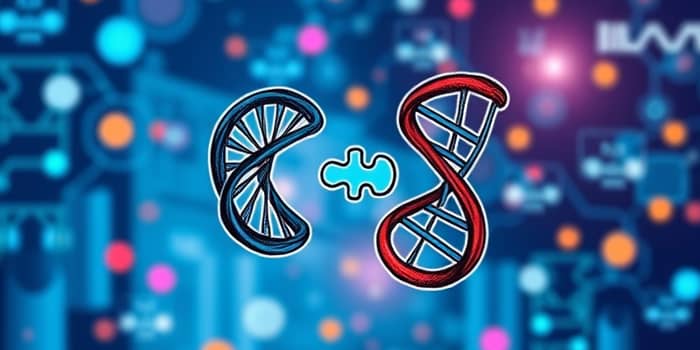
After a challenging year of muted dealmaking, the biotechnology sector has witnessed a powerful resurgence in merger and acquisition (M&A) activity. Fueled by pressing strategic needs and ripe assets, large pharmaceutical companies are making bold moves to secure their pipelines and accelerate growth. This article delves into the driving forces behind this rebound, highlights major transactions, and explores what lies ahead for innovators and investors alike.
In 2024, the biotech industry experienced a significant contraction in M&A value. Aggregate deal value dropped by 68% from 2023, settling at approximately $48 billion—the lowest in recent history. The largest transactions failed to exceed $5 billion, with average deal sizes shrinking to $2.1 billion.
During this period, focus shifted away from commercial-stage assets. Only 8% of deal value targeted marketed products, while preclinical and Phase I assets comprised over a quarter of total value. Nearly half of all investments flowed into early-stage innovation, reflecting cautious capital markets and a preference for lower entry valuations.
The uptick in M&A during the first half of 2025 can be traced to several interconnected factors. Major pharmaceuticals face patent expirations and pipeline gaps that threaten revenue streams. To counteract looming cliffs, they are acquiring late-stage and near-market therapies rather than investing in risky basic research.
Simultaneously, many public biotech companies trade below cash value, intensifying capital market pressure on company boards to maximize shareholder returns. With fresh fundraising more challenging, M&A emerges as a vital strategy to ensure continuity for promising assets.
The first six months of 2025 have already delivered headline-making transactions across therapeutic areas. GSK led the charge with a $1.2 billion acquisition of Boston Pharmaceuticals to secure a Phase II FGF21 analog for MASH, accompanied by up to $800 million in milestone payments.
Other notable deals include Sanofi’s $470 million takeover of Vigil Neuroscience for its TREM2 agonist program, BioMarin’s $270 million purchase of Inozyme Pharma focused on rare-disease therapy INZ-701, and Novartis paying $3.1 billion upfront for Anthos Therapeutics’ late-stage assets.
Strategic acquirers have reclaimed dominance in the M&A landscape. Unlike the pandemic-era surge in minority investments by financial sponsors, 2025’s transactions are overwhelmingly full buyouts by established pharma companies. Private equity and venture capital have stepped back, given limited exit opportunities and tighter deal scrutiny.
Undervalued biotech stocks have created a buyer’s market. Boards are increasingly weighing the benefits of consolidation against the risks of independence, with many viewing M&A as a compelling route to both liquidity and accelerated development. Undervalued assets create a buyer’s market that strategic players are eager to exploit.
Increased M&A activity carries wide-ranging implications for employees, investors, and the broader ecosystem. Scientific teams may gain access to larger research platforms, but face the uncertainty of organizational restructuring. At the same time, shareholders of rising biotech targets often receive significant premiums, offsetting earlier capital infusion challenges.
Looking ahead, the biotech M&A momentum is expected to persist as long as market and patent pressures remain acute. Potential regulatory reforms—such as revised exclusivity durations and new milestone payment frameworks—could further reshape deal structures.
For innovators, aligning early with strategic partners or positioning assets for acquisition may offer the best path to bring therapies to patients. Stakeholders who understand this evolving landscape will be best placed to seize opportunities and navigate challenges alike.
As unprecedented scientific breakthroughs continue alongside market uncertainty, the biotech sector’s renewed M&A activity represents both a testament to the value of innovation and a pragmatic response to commercial realities. By embracing smart partnerships, companies can chart a course toward sustainable growth and transformative impact.
References













